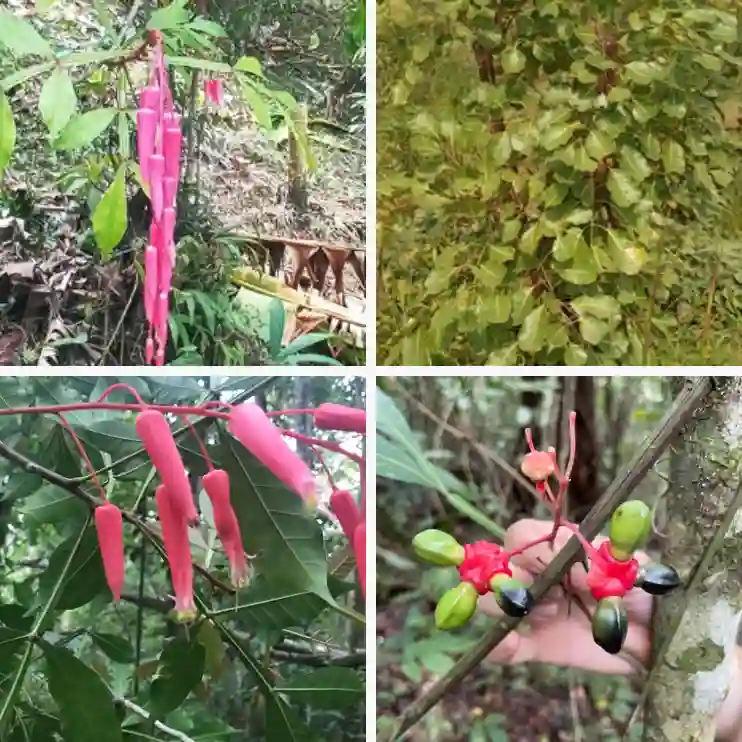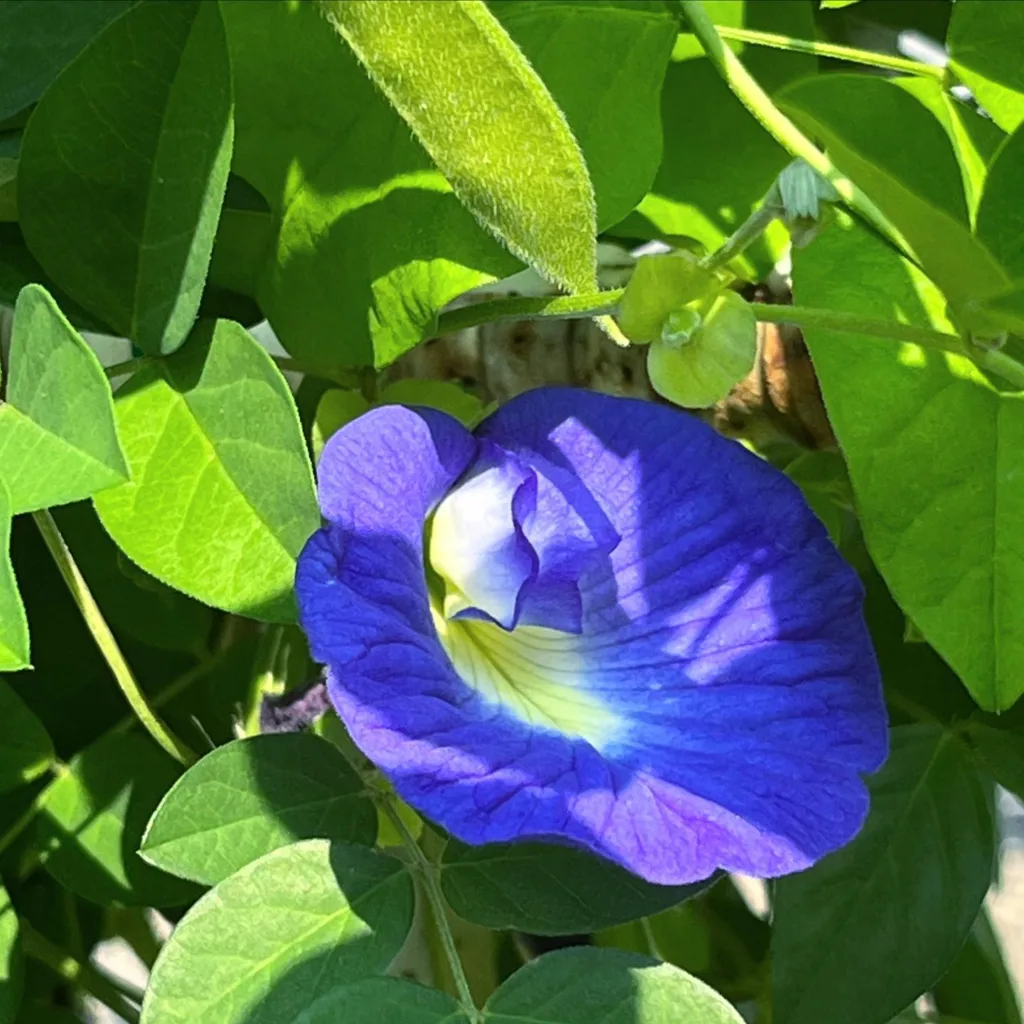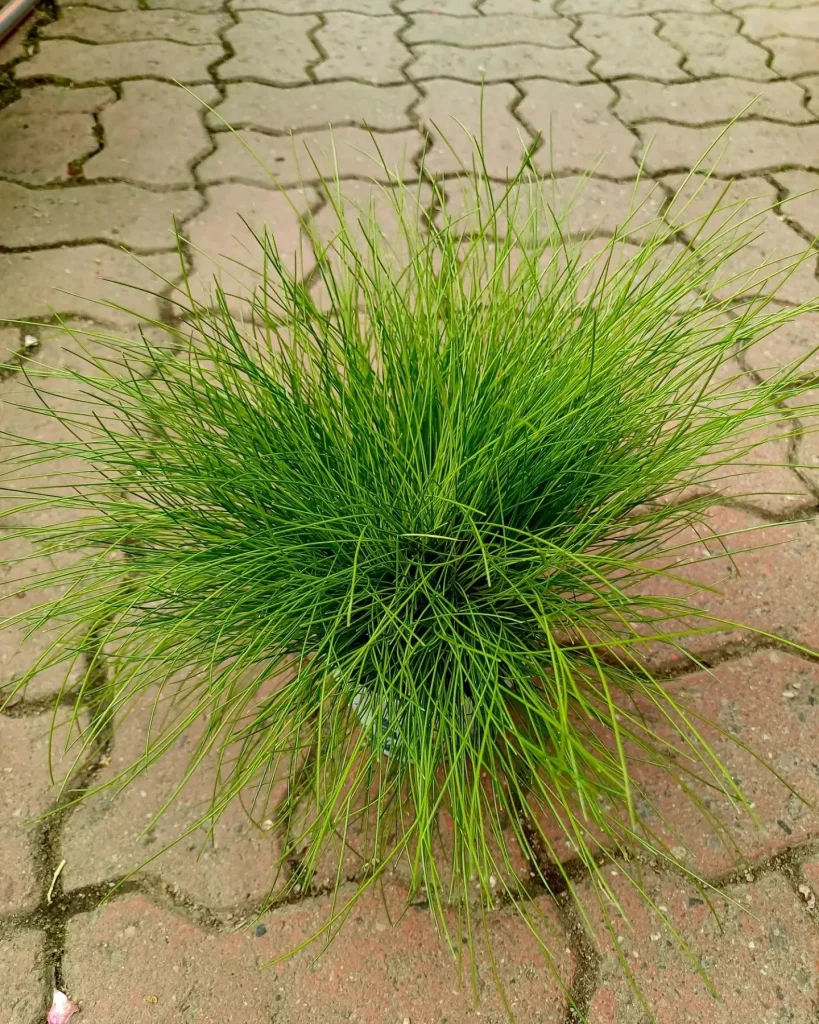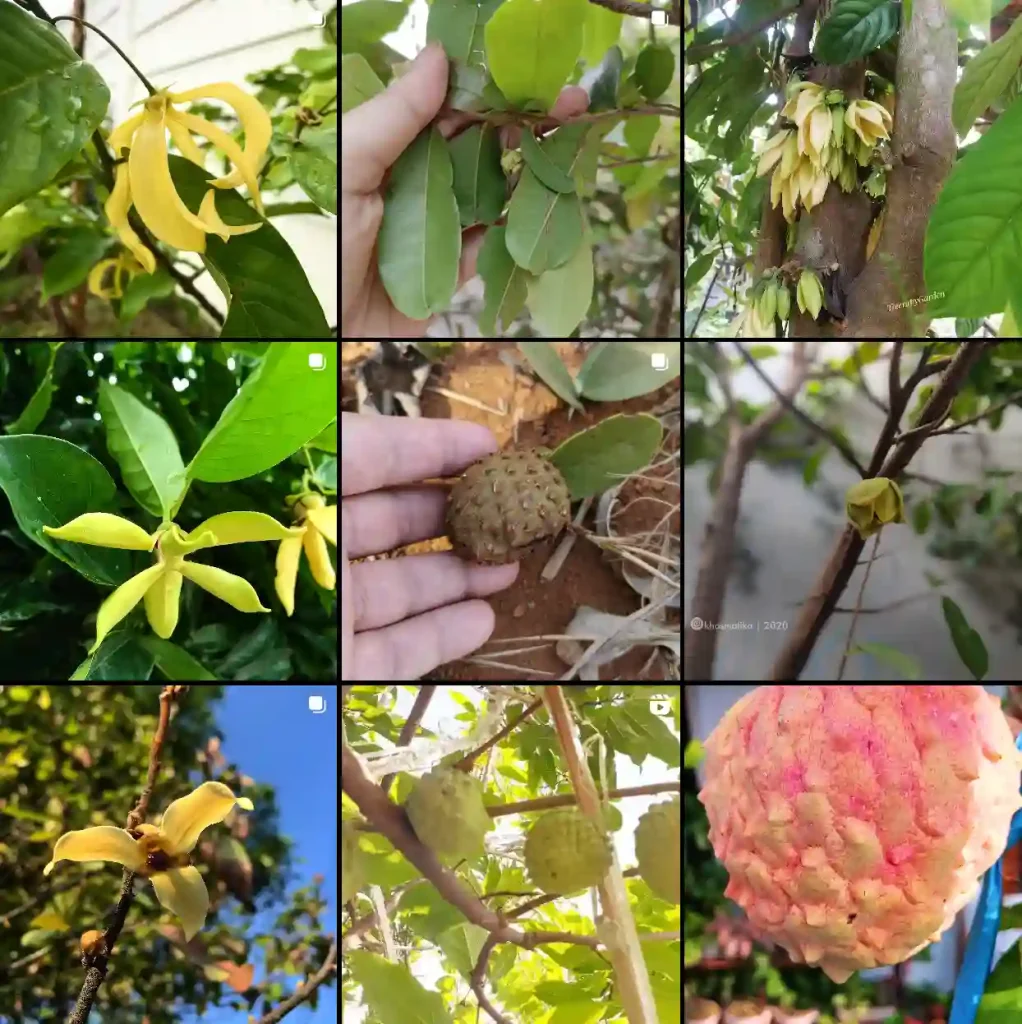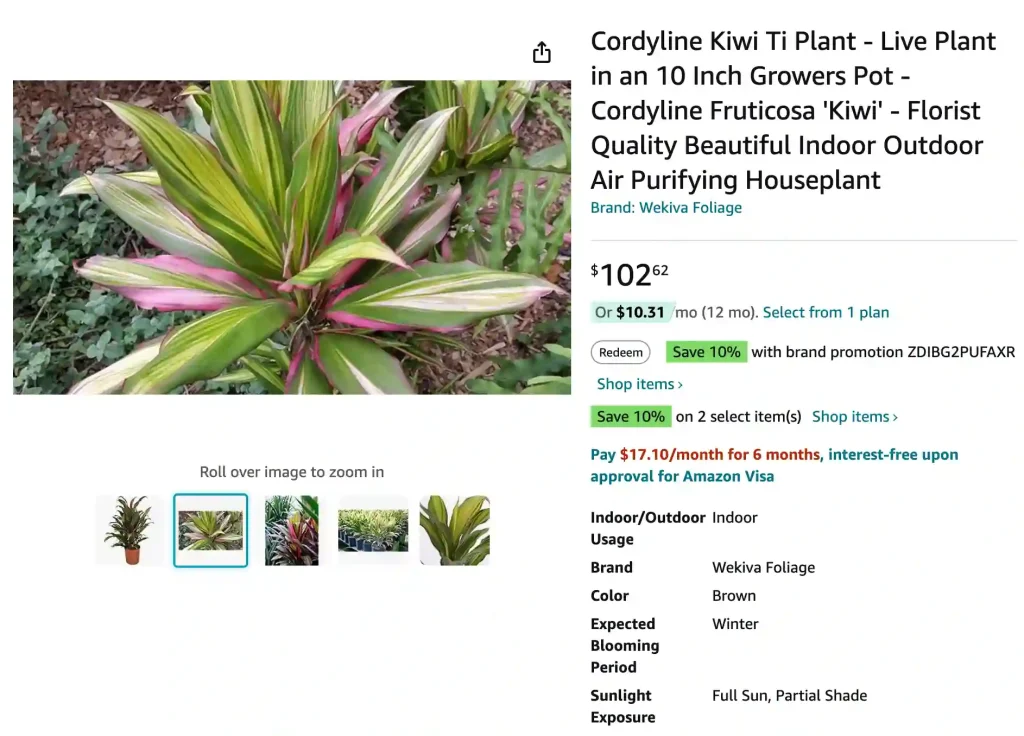
FAQs About Cordyline Kiwi
As a plant enthusiast, I often find myself diving deep into the fascinating world of houseplants. One plant that has captured my attention recently is Cordyline Kiwi. It’s a striking plant with vibrant leaves, making it a popular choice for indoor and outdoor spaces. Here, I’ll share answers to some frequently asked questions about Cordyline Kiwi.
25 Species in Genus Cordyline
What Is Cordyline Kiwi?
Cordyline Kiwi, commonly known for its colorful foliage, is a tropical plant that belongs to the Cordyline genus. Its leaves are typically a mix of green, cream, and pink, creating a stunning visual appeal. This plant can reach heights of up to 3 feet indoors and even taller in outdoor gardens. Its exotic look adds a splash of color to any setting, making it a favorite among gardeners.
How to Care for Cordyline Kiwi?
Caring for Cordyline Kiwi is relatively straightforward, but there are some key points to keep in mind:
Light Requirements
Cordyline Kiwi thrives in bright, indirect light. While it can tolerate some direct sunlight, too much can scorch its beautiful leaves. I’ve found that placing it near a window where it receives filtered light works best.
Watering
When it comes to watering, I recommend letting the top inch of soil dry out before watering again. Overwatering can lead to root rot, which is something I try to avoid at all costs. During the growing season, I tend to water it more frequently, but in winter, I cut back to allow the plant to rest.
Humidity
Being a tropical plant, Cordyline Kiwi loves humidity. I often mist the leaves or place a humidifier nearby, especially in drier months. This helps keep the plant healthy and vibrant.
How to Propagate Cordyline Kiwi?
Propagating Cordyline Kiwi can be a rewarding experience. I usually propagate through stem cuttings. Here’s how I do it:
- Select a Healthy Stem: Choose a stem that is healthy and about 6 inches long.
- Cut: Use a clean, sharp knife to make a clean cut just below a node.
- Prepare the Cutting: Remove any lower leaves to expose the node.
- Rooting: Place the cutting in a glass of water or directly into a pot with well-draining soil. I prefer soil as it encourages faster growth.
- Wait: Keep the soil moist and place it in a warm, bright location. Roots should develop in a few weeks.
What to Plant with Cordyline Kiwi?
Cordyline Kiwi pairs beautifully with various plants, adding contrast and depth to your garden or indoor space. I often combine it with:
- Ferns: Their delicate fronds create a lovely contrast to the bold leaves of Cordyline.
- Caladiums: The colorful leaves of Caladiums complement the vivid hues of Cordyline Kiwi.
- Coleus: With its vibrant foliage, Coleus can enhance the overall look.
When planting, I consider each plant’s light and water requirements to ensure they thrive together.
Is Cordyline Kiwi Toxic?
This is an important question for pet owners and parents. Fortunately, Cordyline Kiwi is generally considered non-toxic to pets and humans. However, it’s always wise to keep an eye on pets around any plant, just in case they decide to chew on the leaves.
Benefits of Cordyline Kiwi
Aside from its aesthetic appeal, Cordyline Kiwi offers several benefits:
- Air Purification: Like many houseplants, Cordyline helps purify the air by absorbing toxins and releasing oxygen.
- Low Maintenance: This plant is relatively easy to care for, making it suitable for beginners and experienced gardeners alike.
- Versatile: Whether indoors or outdoors, Cordyline Kiwi adapts well to various environments.
Common Problems
Even the best plant parents face challenges. Some common problems with Cordyline Kiwi include:
- Leaf Browning: This often occurs due to low humidity or underwatering. I’ve found that increasing humidity and adjusting my watering schedule resolves the issue.
- Pests: Aphids and spider mites can occasionally invade. I keep an eye out for signs and treat with insecticidal soap if necessary.
- Yellowing Leaves: This could indicate overwatering or a nutrient deficiency. Adjusting my watering habits usually helps, along with fertilizing during the growing season.
Comparing Cordyline Kiwi with Similar Plants
Cordyline Kiwi is often confused with similar-looking plants, like Dracaena or even some varieties of Bromeliads. Here’s a quick comparison:
- Cordyline Kiwi vs. Dracaena: While both have striking foliage, Dracaena typically has a more upright growth habit. Cordyline leaves are broader and more vibrant.
- Cordyline Kiwi vs. Bromeliads: Bromeliads tend to have more compact growth and flower prominently, while Cordyline focuses on leaf color and height.
Conclusion
In conclusion, Cordyline Kiwi is a fantastic addition to any plant collection. Its vibrant foliage, ease of care, and versatility make it a go-to choice for many. By understanding its care needs and potential challenges, you can enjoy this beautiful plant for years to come. If you have any further questions or experiences to share, I’d love to hear them!
If i die, water my plants!
